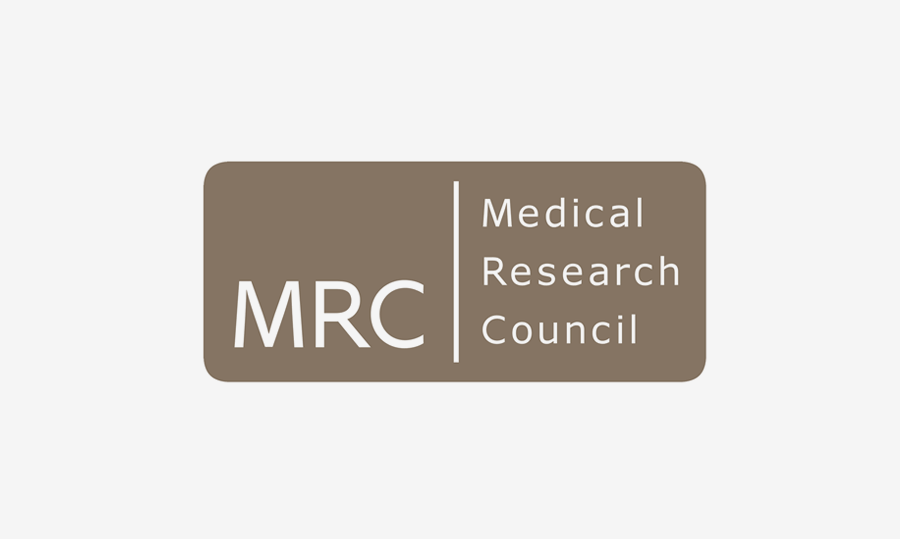
New research hopes to improve negative impact of haemorrhagic stroke
Our stroke theme researchers, Catherine Lawrence (PI), Paul Kasher, Stuart Allan and Ben Dickie have been awarded a grant from The Medical Research Council.
Modulating cholesterol 25-hydroxylase: a strategy to accelerate haematoma clearance after intracerebral haemorrhage to improve outcome
Intracerebral haemorrhage is a type of stroke that occurs when a blood vessel suddenly ruptures and begins bleeding into the brain. Blood that is now in the brain contains various cells (including red blood cells) that start to release ‘toxic factors’ that can cause further damage to brain cells. It is important to try and remove the blood as quickly as possible, to reduce the chances of it causing harm.
Our tissues and organs contain a group of cells called ‘phagocytes’ whose job is to “eat” any harmful cells and smaller particles to try to protect our bodies from any of their harmful effects. In haemorrhagic stroke, these ‘phagocytes’ try to eat up the red blood cells and toxic factors. However, this job can take time and trying to find a way to help the phagocytes remove the blood faster and more efficiently would help to prevent further damage to the brain. Our researchers have discovered that the amount of a protein called ‘cholesterol 25-hydroxylase’ (Ch25h) goes up in the phagocytes after haemorrhage, and we believe that this protein might help the phagocytes to work better to clear away the blood.
For this project a unique team of our scientists will work together to use animal models of brain haemorrhage as well as tissue from patients who died from this condition to learn more about what Ch25h is doing in the brain. The team will try to work out if Ch25h can help the phagocytes to remove blood. Normally in cells, Ch25h stimulates the production and release of other molecules including 25-hydroxycholesterol (25-HC). We will therefore give 25-HC to animals that have brain haemorrhage and test if this increases how well the blood is removed from the brain, and if it can also improve the symptoms seen in this type of stroke. By doing this work, we hope to identify a potential new way to improve outcome and reduce the negative impact of haemorrhagic stroke, a life-threatening condition with no current treatment options.





0 Comments